The Lofoten Islands are one of the most stunning areas of Norway. This is where majestic mountains meet brilliantly white sandy beaches, fishing villages dot the coastlines, and hiking trails criss-cross their way through some of the most breathtaking landscapes in Europe. If you are planning your Lofoten Islands itinerary, we have a lot of great ideas for you.
In this guide, we share with you the top experiences in the Lofoten Islands and how to put them together to create your dream Lofoten Islands itinerary, whether you have 2 days, 4 days, or more.
Where are the Lofoten Islands?
The Lofoten Islands are located in northern Norway, within the Arctic Circle.
The Lofoten Islands are an archipelago, a collection of mountainous islands and surprisingly white sandy beaches. These islands are connected by bridges and in some places, you will take a ferry to get to the more remote locations.
Best Things to Do in the Lofoten Islands
The Lofoten Islands is the perfect destination if you like scenic drives, hiking, photography, and the great outdoors. Here are 10 great things to add to your Lofoten Islands itinerary.
Scenic Drives. It seems that every road in the Lofoten Islands is a scenic drive. Enjoy the spectacular views as you drive through these islands.
Go Hiking. The Lofoten Islands are laced with epic hiking trails. Most are short trails and many feature a hefty climb up to a viewpoint, since these islands are mountainous. You can also go for short, easy strolls on the beaches.
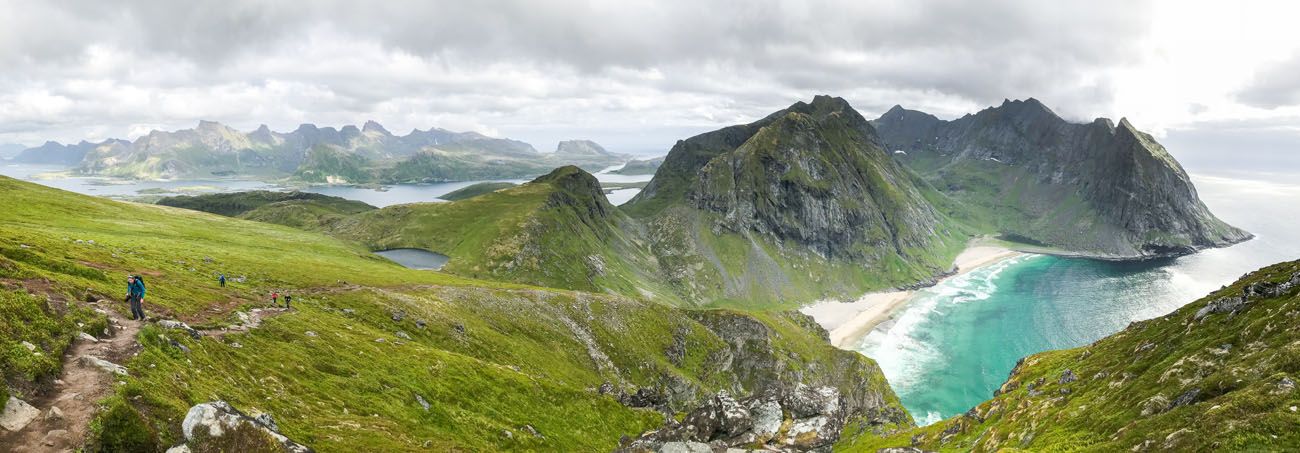
Ryten
See the Midnight Sun or the Northern Lights. Between the end of May and early July, the Lofoten Islands experience almost 24 hours of daylight. The Northern Lights can make an appearance at the end of September and dance across the sky through spring.
Stay in a Rorbu. A rorbu is a small fisherman’s cabin that has been renovated and turned into an apartment. They are unique to the Lofoten Islands. Supported on stilts, these small cabins are perched out over the water, offering beautiful views of the area.
Explore the Fishing Towns and Villages. Svolvaer, Henningsvaer, Reine, Sakrisøy, Hamnøy, and Å i Lofoten are the most charming towns to visit in the Lofoten Islands.
Visit Historic Nusfjord. Nusfjord is one of the best-preserved fishing villages in the Lofoten Islands. Now, it’s an open-air museum where you can tour a sawmill, an old-fashioned store, and a factory that makes cod-liver oil.
Go to the Beach. Surprise! The Lofoten Islands are home to some of the most beautiful beaches in the world, long stretches of white sand and crystal-clear aquamarine water, all with the backdrop of towering, jagged mountains.
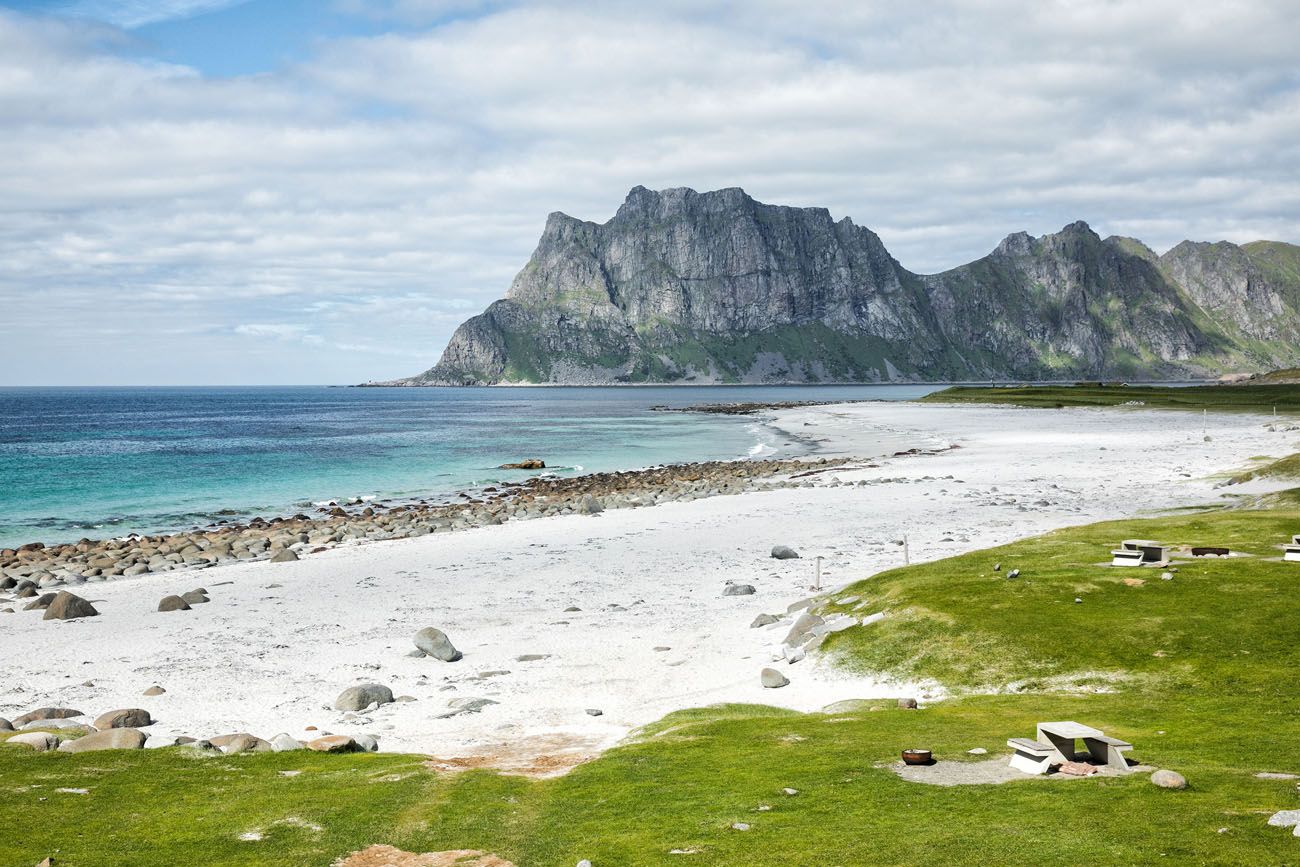
Uttakleiv Beach
Go Surfing. Yes, you read that right. The Lofoten Islands are an up and coming surfing destination. Unstad Beach has world-class waves that attract surfers from all around the world.
Try the Local Cuisine. With its thriving fishing culture, you’ll no doubt come across fish and seafood on the menus of nearly every restaurant in the Lofoten Islands.
Climb Svolvaergeita. Svolvaergeita, also called The Goat, is a pinnacle of rock that is very popular with rock climbers. Those with a good sense of adventure can rock climb to the top of Svolvaergeita. And yes, you can do this if you are a beginner.
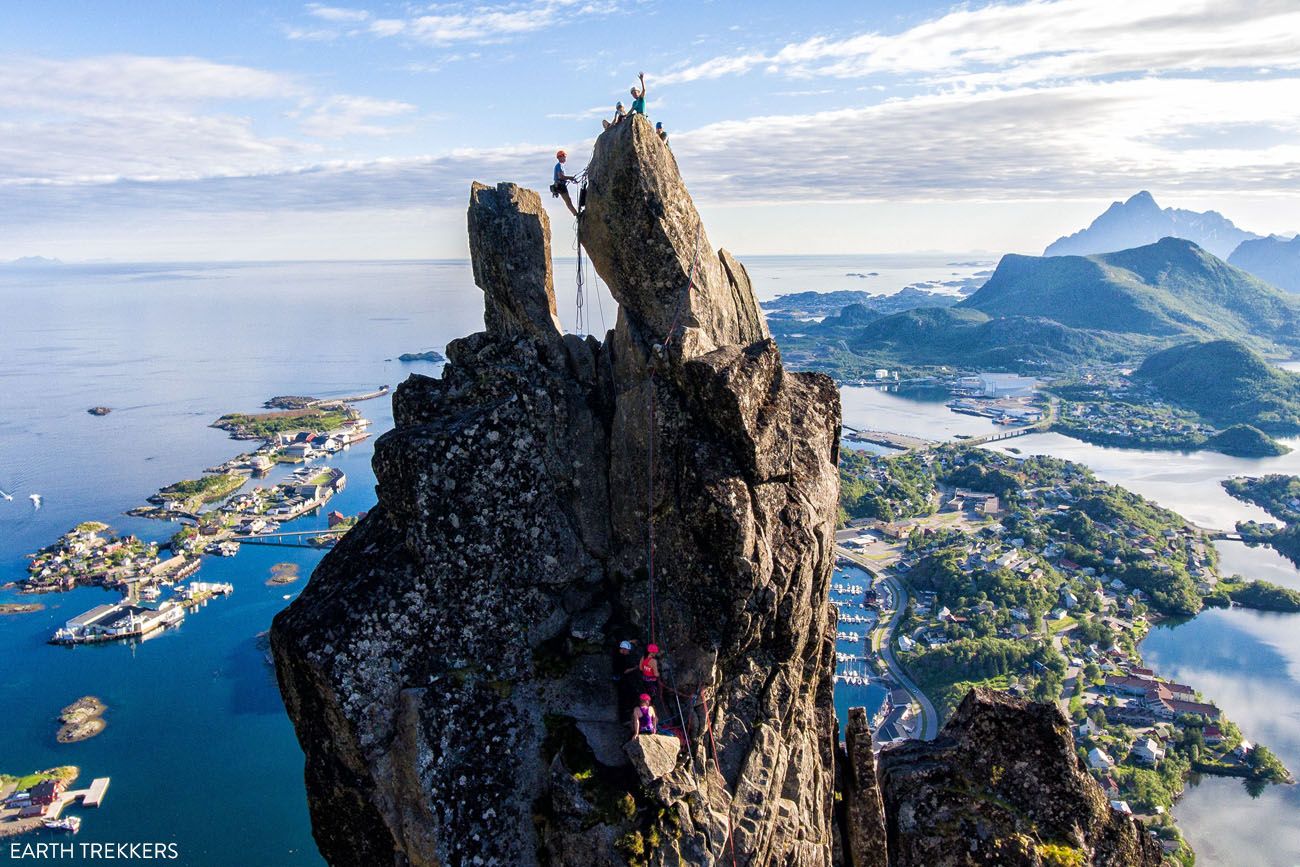
Svolvaergeita
Top Ten Things To Do in the Lofoten Islands
Best things to do in the Lofoten Islands.Map of the Lofoten Islands
How to Use This Map: Click the icons on the map to get more information about each point of interest. To take this map with you, click the star next to the title of the map which adds it to your Google account. Next, within your Google Maps app, select ‘Saved’ and then select ‘Maps’. This map title will now appear in your list.
How Many Days Do You Need?
If you factor in travel time and the cost to get to and from the Lofoten Islands, you should plan to spend at least several days here.
At a minimum, you should plan to spend at least two full days on the Lofoten Islands. That gives you just enough time to drive the length of the Lofoten Islands, hike a trail, and visit a few of the towns.
Each additional day that you add gives you the opportunity to explore more of this beautiful place, whether it is off-the-beaten-path beaches, more hiking trails, or exploring the fishing villages. Plus, having an extra day or two gives you some contingency time, just in case you get bad weather (which is a major possibility).
Ideally, plan to spend at least four days on the Lofoten Islands.
About Our Experience: We spent four full days on the Lofoten Islands. One of those days was a total wash out, where rainy weather kept us indoors an entire day. The Lofoten Islands becomes a rather gloomy place with rainy weather, and clouds cover the mountaintops, making most hikes either impossible or just not worth the effort (plus, it is best to stay off of the trails in rainy, wet weather, to avoid damaging the trail for future hikers).
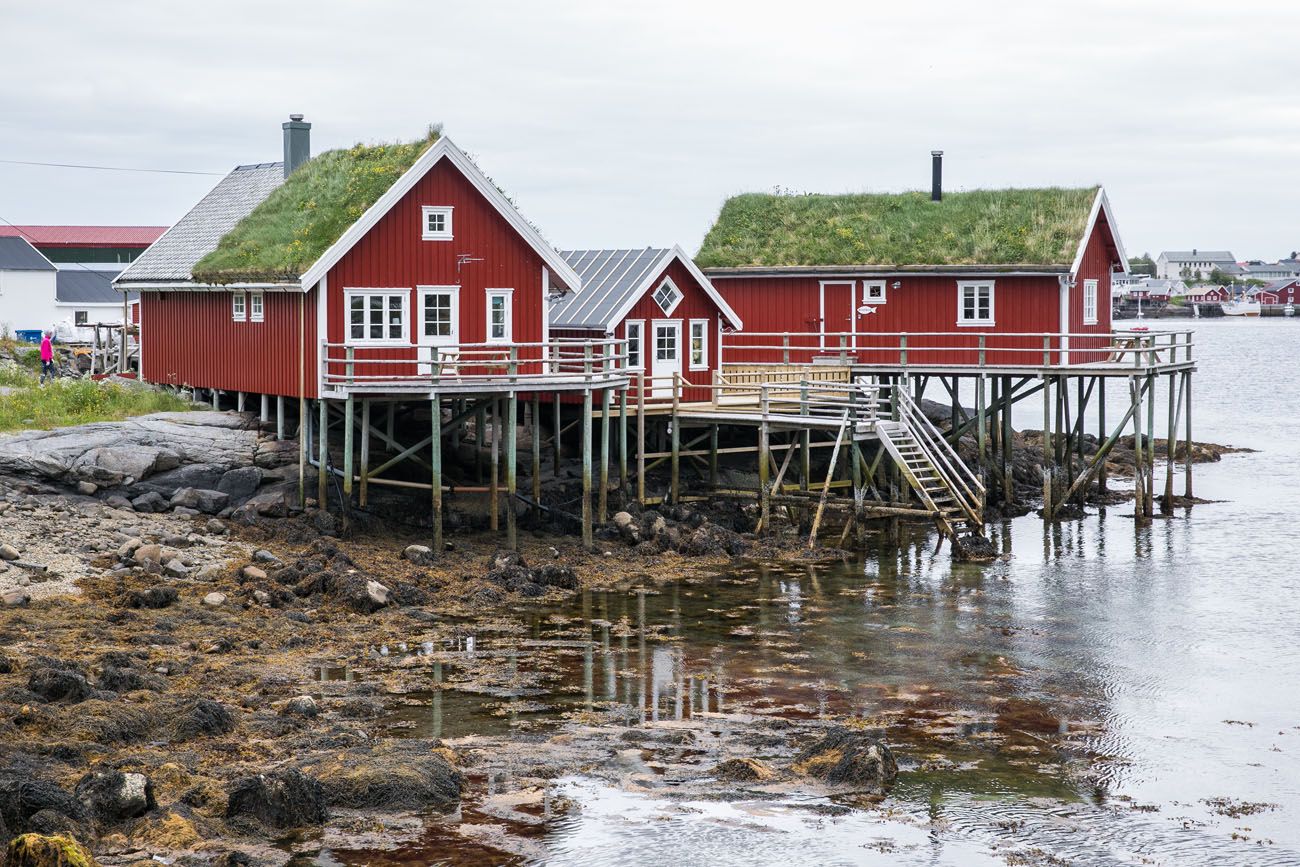
Lofoten Islands Itinerary: Ideas for 2 Days to One Week
Here are suggestions for your Lofoten Islands itinerary, starting with two days, and adding on from there.
One Day in the Lofoten Islands? In my opinion, it is just not worth it to visit the Lofoten Islands with one day. The travel time and the expense are too great to make it worth it for such a short period of time. You can do it, but plan to spend at least one night here, to give yourself enough time to drive the length of the Lofoten Islands.
Two Days in the Lofoten Islands
Day 1: Road trip from Svolvaer to Å i Lofoten, visiting the beaches, fishing villages, and small towns along the way. In the morning, visit Svolvaer. Go to the Lofoten Krigsminne Museum (the War Memorial Museum), explore the town, and if you like hiking, hike up to Svolvaer Fløya for a spectacular view. In the afternoon, drive to Hamnøy. Along the way, visit Haukland and Uttakleiv Beaches and Nusfjord. Spend the evening in Reine and have dinner.
Day 2: In the morning, hike one of the trails in the Lofoten Islands. Reinebringen is a popular pick but we also really like the hike to Ryten. The hike up Festvågtind is also very nice and works well today, since you will spend the afternoon in Henningsvaer. In the afternoon, explore the fishing village of Henninsgvaer and have dinner.
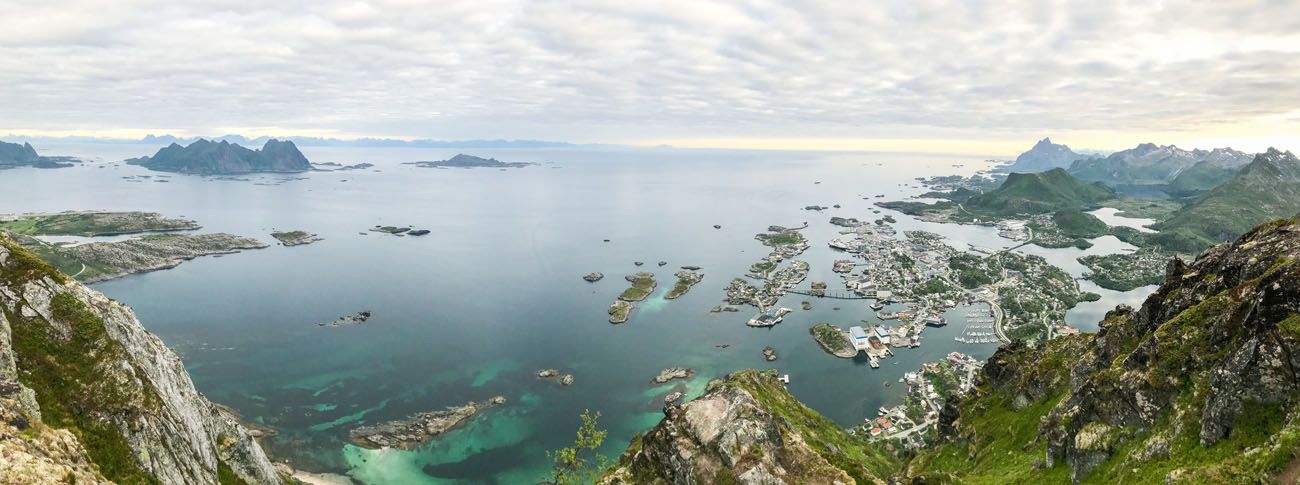
View over Svolvaer from Svolvaer Fløya
Three Days in the Lofoten Islands
Day 1: Road trip from Svolvaer to A i Lofoten, visiting the beaches, fishing villages, and small towns along the way. In the morning, visit Svolvaer. Go to the Lofoten Krigsminne Museum (the War Memorial Museum), explore the town, and if you like hiking, hike up to Svolvaer Fløya for a spectacular view. In the afternoon, drive to Hamnøy. Along the way, visit Haukland and Uttakleiv Beaches and Nusfjord. Spend the evening in Reine and have dinner. Sleep in Reine or Hamnøy.
Day 2: In the morning, hike one of the trails near Reine (Reinebringen or Munken). In the afternoon, visit A i Lofoten and spend some more time in Reine. Sleep in Reine or Hamnøy.
Day 3: In the morning, consider hiking another trail in the Lofoten Islands. In the afternoon, see the gorgeous Ramberg Beach and drive over the scenic Fredvang Bridges. A great hike to do today is either Ryten (for an amazing view over Kvalvika Beach) or do the easier hike right to Kvalvika Beach. Sleep in Reine, Hamnøy, Leknes, or Svolvaer.
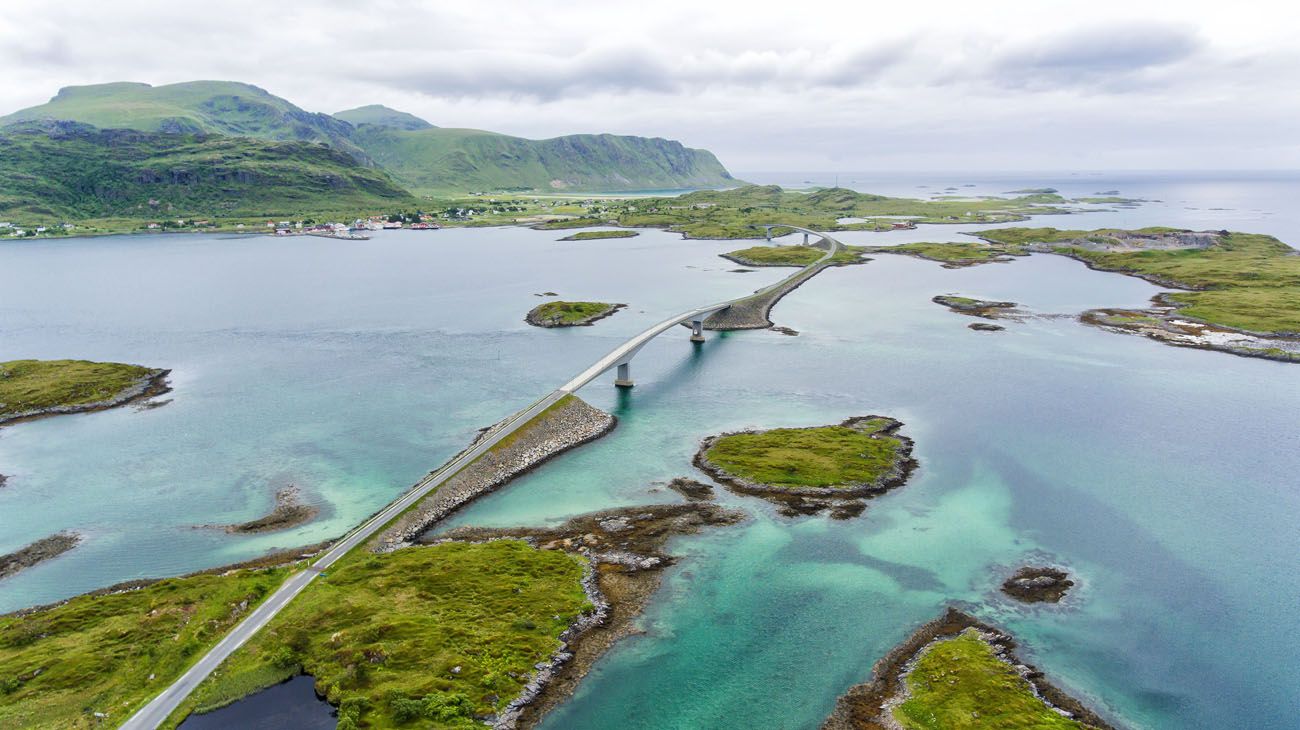
Fredvang Bridges (drone photo)
Four Days in the Lofoten Islands
Day 1: Svolvaer. Spend the day in Svolvaer. Visit the War Memorial Museum and explore the town. Even if you aren’t a big fan of hiking, it’s still worth it to hike up to Fløya for one of the prettiest views in the Lofoten Islands. Thrill seekers can climb Svolvaergeita today. Sleep in Svolvaer or Kabelvag.
Day 2: In the morning, you have the option to hike Festvågtind or Tjeldbergtind. Spend the middle part of the day in Henningsvaer. In the afternoon, drive to Reine and visit Uttakleiv, Haukland, and Unstad Beaches on the way. Sleep in Reine or Hamnøy.
Day 3: In the morning, hike one of the trails near Reine (Reinebringen or Munken). In the afternoon, visit Å i Lofoten and spend some more time in Reine. Sleep in Reine or Hamnøy.
Day 4: Visit Nusfjord in the morning. In the afternoon, visit Ramberg Beach, drive over the Fredvang Bridges, and consider hiking to Ryten or Kvalvika Beach. Sleep in Reine, Hamnøy, Svolvaer, or Leknes.
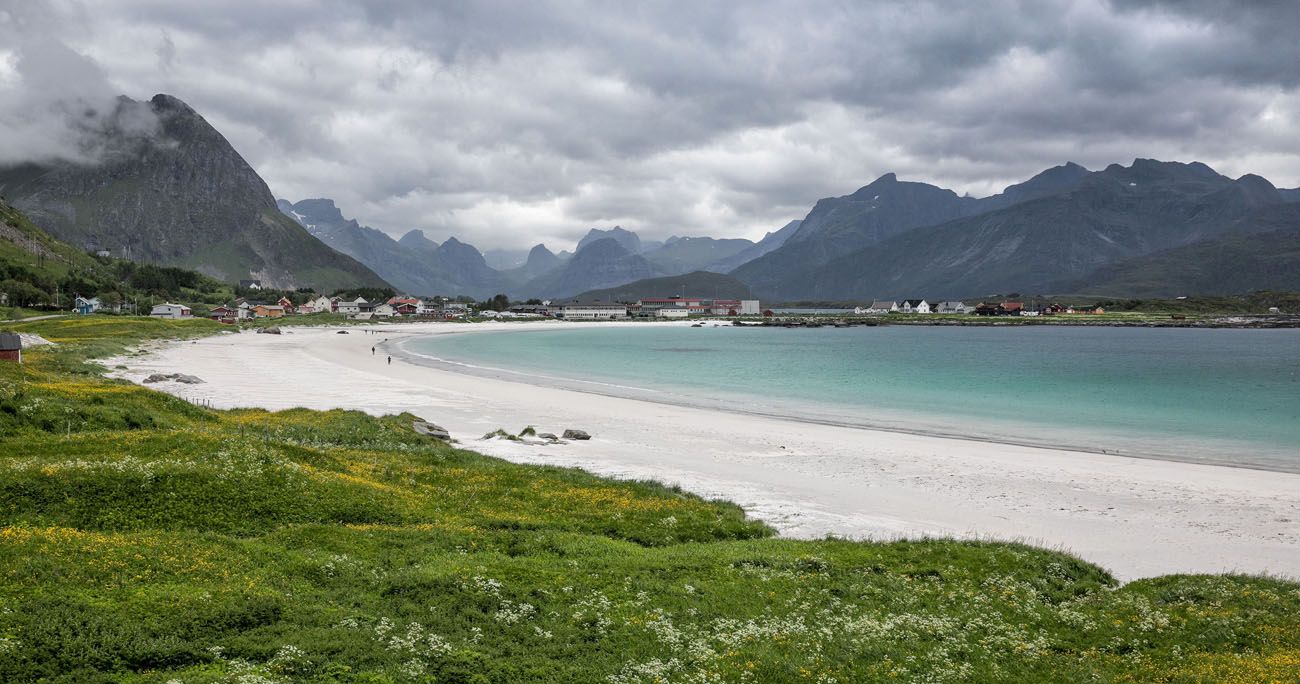
Ramberg Beach
Five, Six and Seven Days in the Lofoten Islands
Follow days one through four of the above Lofoten Islands itinerary. Here are ideas of what to do with your extra time:
Keep Hiking! For a full list of hikes, visit the 68 North website.
Visit Vaeroy. This island is located south of Å. You can only get here by car ferry or helicopter. This is a great place to go to see puffins and other birds which is best done on a birdwatching boat tour.
Lofotr Viking Museum. Learn all about Vikings in this highly-rated museum.
Explore the Side Roads. Have fun exploring the nooks and crannies in the Lofoten Islands. Photograph the cod fish drying racks, the fishing villages, and stunning scenery. Who knows what else you will find? 🙂
Most likely, you will get a rainy day or two in the Lofoten Islands, so you can spend these rainy days in your hotel, or at a cozy restaurant, and save your hikes and scenic drives for clearer weather.
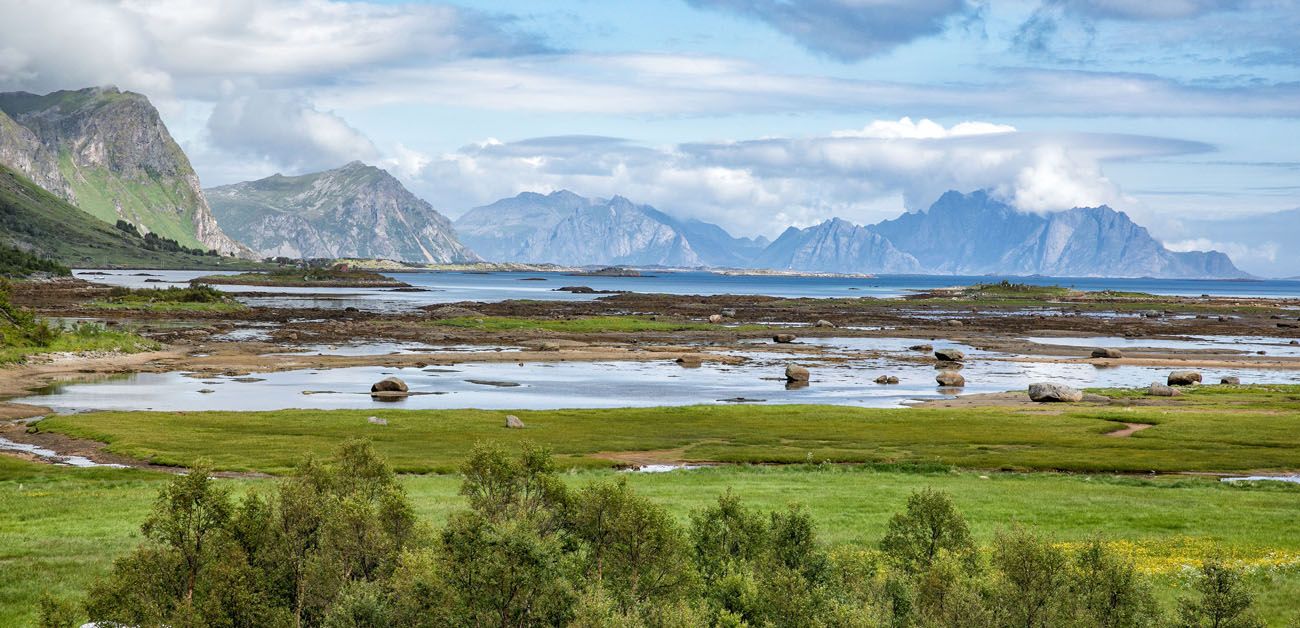
How to Get to the Lofoten Islands
In theory, getting to the Lofoten Islands looks rather straightforward. There are two airports in the Lofoten Islands and there is a ferry that connects the Lofoten Islands to the mainland (in Bodø). However, flight delays and ferry delays are common, and this can easily disrupt even the most perfectly laid plans. We found this out on our trip to the Lofoten Islands, which I will talk about a little later.
This is a rather remote location, so it takes some time to get here. But that is the appeal, right? To get here, you might need to take multiple flights or long car rides with a combination of ferries. To make it worth the travel time, ideally, you need to plan to spend at least several days in the Lofoten Islands.
Here are your options for getting to and from the Lofoten Islands.
By Plane
Flying into the Lofoten Islands is the most time effective way to get to and from the Lofoten Islands.
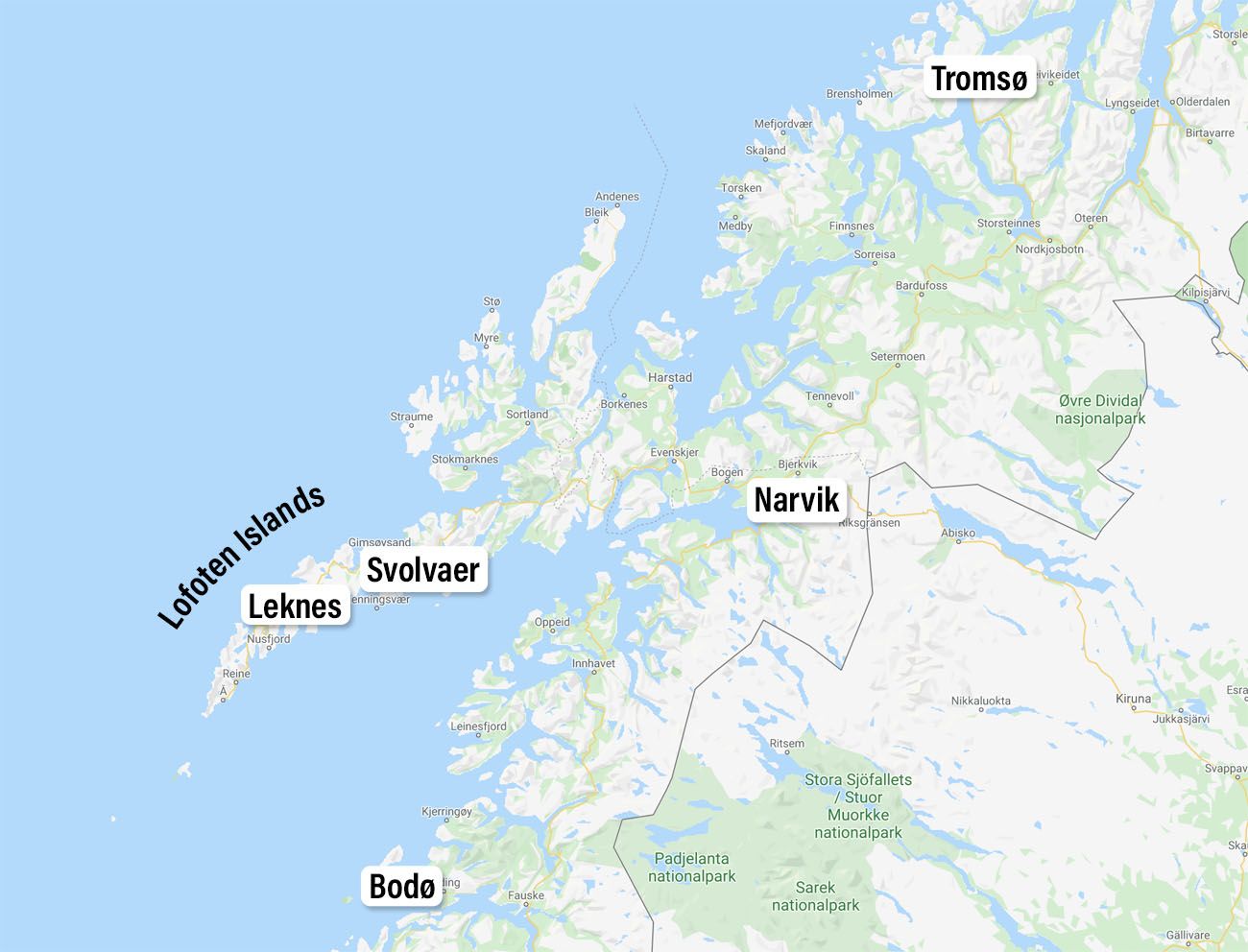
Airports in and around the Lofoten Islands
Airports in the Lofoten Islands
There are two airports in the Lofoten Islands: Leknes and Svolvaer. Leknes is centrally located within the Lofoten Islands, so you will have less of a drive to get to and from this airport. Svolvaer is the capital city of the Lofoten Islands, and this small town has the largest collection of hotels and restaurants.
Airports Outside of the Lofoten Islands
Bodø. Bodø is located on the mainland. To get to the Lofoten Islands, you will take a 3.25-hour ferry. At times, the ferry crossing can be very rough, so if you are prone to seasickness, take this into consideration. It might be worth flying directly to the Lofoten Islands, or flying into one of the airports listed below, instead of flying to Bodø.
There are several ferries per day. You can see ferry timetables here.
Harstad/Narvik Airport. This airport is located in Evenes. From here, it is a 2.5-hour drive to get to Svolvaer.
Tromsø. To drive from Svolvaer from Tromsø, it takes just over 6 hours, so it is not a realistic option for most visitors. However, if you want to turn your Lofoten Islands itinerary into a road trip through northern Norway and have roughly 10 days, this is a great option (and it is spectacular road trip!!).
Airlines that Fly to Leknes and Svolvaer
To fly to the Lofoten Islands, it will most likely take several flights to get here. All of the airlines fly from Oslo. To get to Svolvaer or Leknes, there is a good chance you will have to transfer in Bodø or Tromsø.
Widerøe, SAS, and Norwegian are the three airlines that operate flights to and from the Lofoten Islands. We have flown all of these airlines and had good experiences with all of them.
Widerøe is the only airline that offers a direct flight from Oslo to Svolvaer (total flight time 2 hours 25 minutes).
With a transfer in Bodø, most likely you will fly a combination of two of these airlines, with a 30 to 60-minute transfer. It will take longer to fly through Tromsø.
Average flight costs from Oslo to the Lofoten Islands range from $200 to $450 USD per person during the summer months.
To search flights, you can use Skyscanner. I also like the Widerøe website. The Widerøe website will give you flight options with Norwegian Airlines and SAS.
Flight Delays in the Lofoten Islands
Flights to and from the Lofoten Islands can be delayed or cancelled in cases of bad weather. We experienced this on our trip.
From the Lofoten Islands, we traveled to Gdansk, Poland. Rainy weather cancelled our flight from Leknes. We were bussed to Svolvaer, rerouted on a short hop to Bodø, and took a second flight to Oslo. From Oslo, we continued our journey to Poland.
Flight delays are not an unusual occurrence on the Lofoten Islands, and we got lucky that we still made it to Gdansk on our planned day (although a lot later at night and with four flights in one day…yes, it took four flights to get us from Svolvaer to Gdansk).
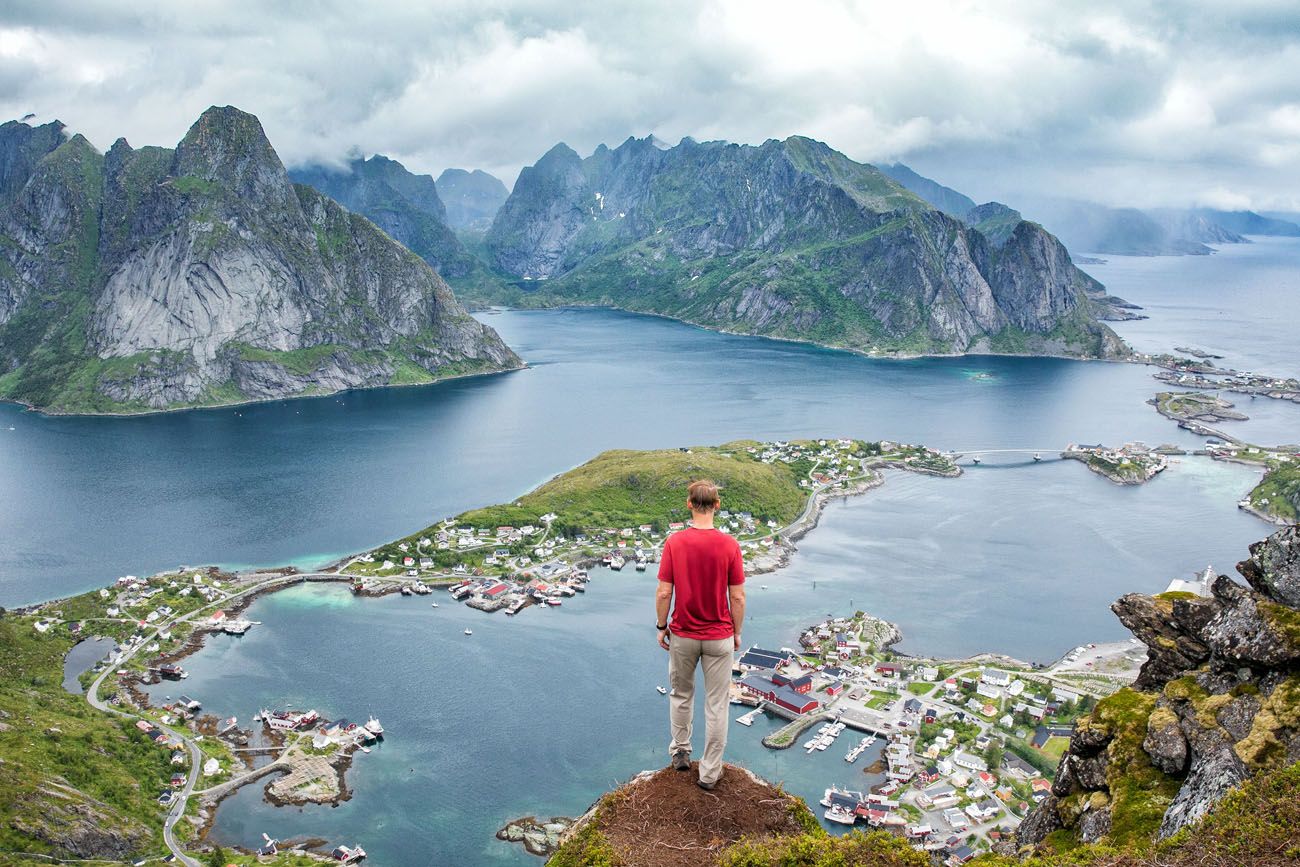
Reinebringen
By Ferry
If your visit to the Lofoten Islands is part of a bigger road trip or train trip through Norway, you can get to the Lofoten Islands by taking the ferry from Bodø.
The ferry can cancel in cases of bad weather. Even with good weather, ferry crossings can be very rough. If you suffer from seasickness, consider flying directly to the Lofoten Islands instead. You can take a quick flight from Bodø to Leknes or Svolvaer.
PRO TRAVEL TIP: If you will be taking a car on the ferry, reserve your ferry tickets in advance. If you are traveling without a car, there is no need to reserve your tickets in advance.
Click here for the ferry schedule and current prices.
By Car
The Lofoten Islands makes a great addition to a road trip through northern Norway. In fact, this is exactly what we did, and it was an amazing 10-day trip. Start in Tromsø and work your way down through Senja and Vesterålen, ending with several days in the Lofoten Islands. See the full itinerary ↓
10 Day Northern Norway Itinerary with the Lofoten Islands
Visit Tromsø, Senja, Vesteralen, and the Lofoten Islands.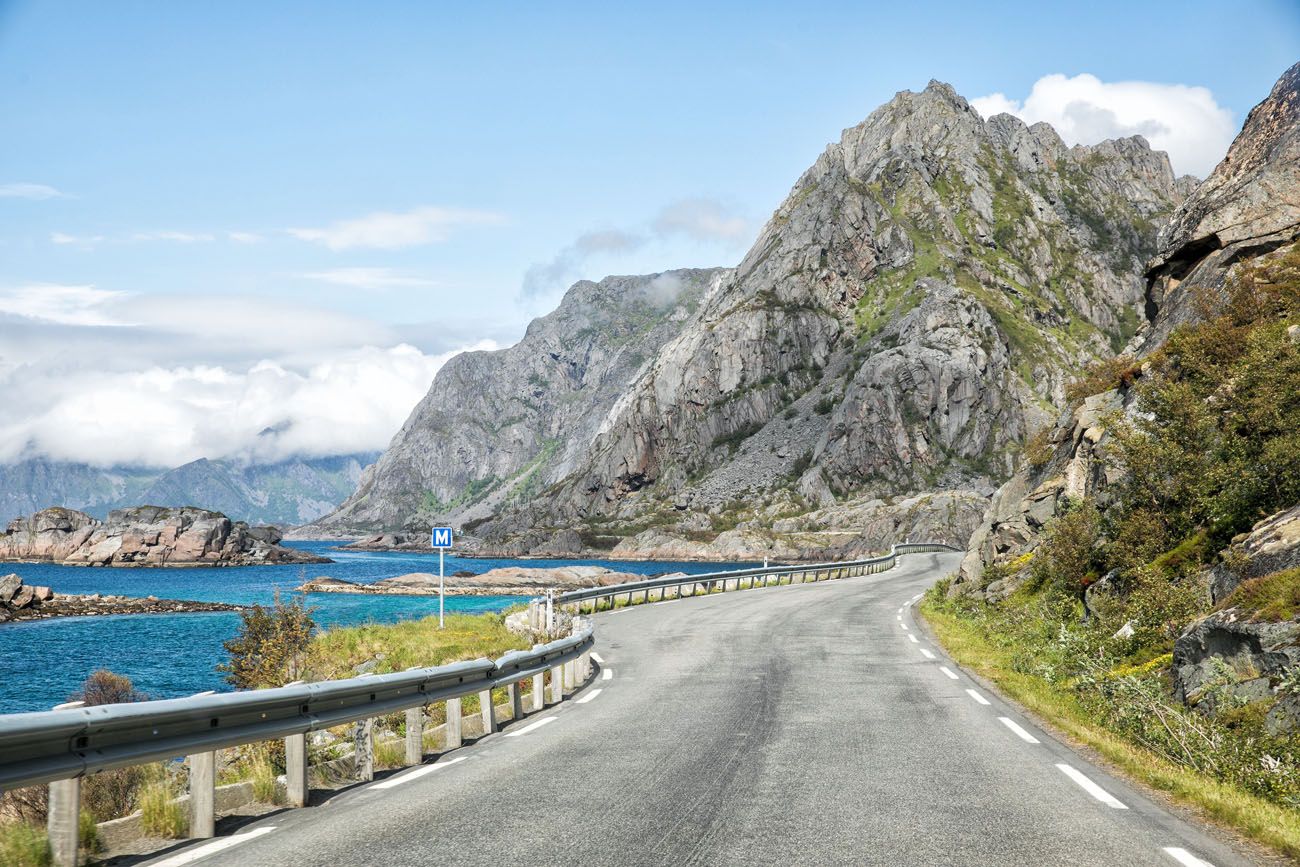
Do You Need to Rent a Car?
Yes, you need to rent a car to visit the Lofoten Islands. There is a public transportation network, but having a car gives you the freedom and flexibility to travel on your own schedule, without being at the mercy of the public bus system.
When designing your Lofoten Islands itinerary, take into account your starting and ending point. If you pick up and drop off the rental car at two different locations, most likely you will pay an additional drop fee. To avoid this drop fee, start and end your trip at the same airport.
However, you could save some driving time by flying through two different airports (for example, if you start in Tromsø and end in Leknes). This might cost more money for the drop fee, but it will save you a day of travel time by not backtracking to your starting point.
When to Go
The Lofoten Islands are located in the Arctic Circle, but it may be warmer here than what you would expect. The warm Gulf Stream current keeps temperatures moderate, even during the winter months.
SPRING: The days are getting longer and warmer. Into May, snow can still sit on hiking trails, making hiking difficult or impossible. If hiking is not on your to-do list, this can be a great time to visit the Lofoten Islands, with spectacular sunsets and low crowds. The midnight sun arrives on May 26.
SUMMER: During the summer months, daytime temperatures range from 13 to 24°C (60 to 75°F). Also, from late May to mid-July you will get to experience the midnight sun. Summer is peak season on the Lofoten Islands, so expect bigger crowds (but compared to other parts of Europe, it still feels delightfully empty here). Make your hotel reservations at least six months in advance. We visited the Lofoten Islands in early July and loved it.
AUTUMN: The days are getting shorter and cold temperatures return to the Lofoten Islands. The rainiest months of the year are September and October, and when the temperatures are cold enough, or up on the mountain peaks, this will fall as snow. The Northern Lights also make a reappearance at the end of September into early October.
WINTER: Brief days, the Northern Lights, and snow-covered landscapes are what you can expect during the winter months. December is the darkest month of the year, so don’t expect to see much of the sun during this month.
If you like the idea of hiking or visiting the Lofoten Islands during relatively warm, stable weather, your best bet is June into July.
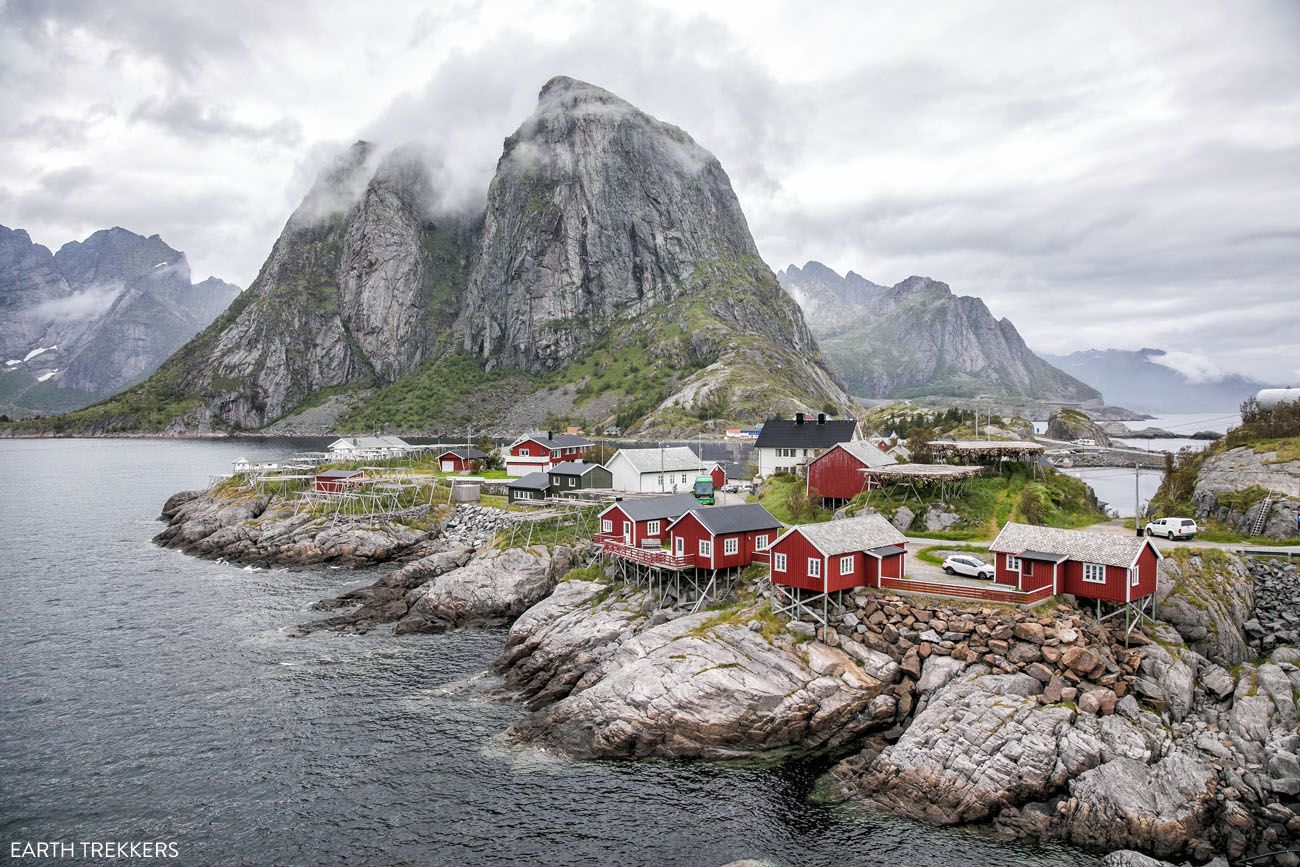
Where to Stay
Rorbuer, apartments, hotels, and hostels are scattered throughout the Lofoten Islands. Where to stay depends on the length of time you will be visiting and your budget.
If you are here for a short period of time (2 or 3 days), consider staying in a centrally located accommodation, to minimize driving time. Nusfjord or near staying Leknes are nice options.
With four or more days, you have a lot of time, so spending extra time on the road is not a big deal. You can stay down in lovely Hamnøy or picturesque Reine, in one of the amazing rorbuer here.
You also have the option to split your stay into two different accommodations. Spend part of your time in or near Svolvaer and the remainder of your time in or near Reine. This is what we did and it worked very well for us.
For a full list of places to stay and advice on how to pick out your accommodations, read our article Where to Stay in the Lofoten Islands ↓
Where to Stay in the Lofoten Islands | Top Picks for First-Time Visitors
Where to stay in the Lofoten Islands, organized by location and budget.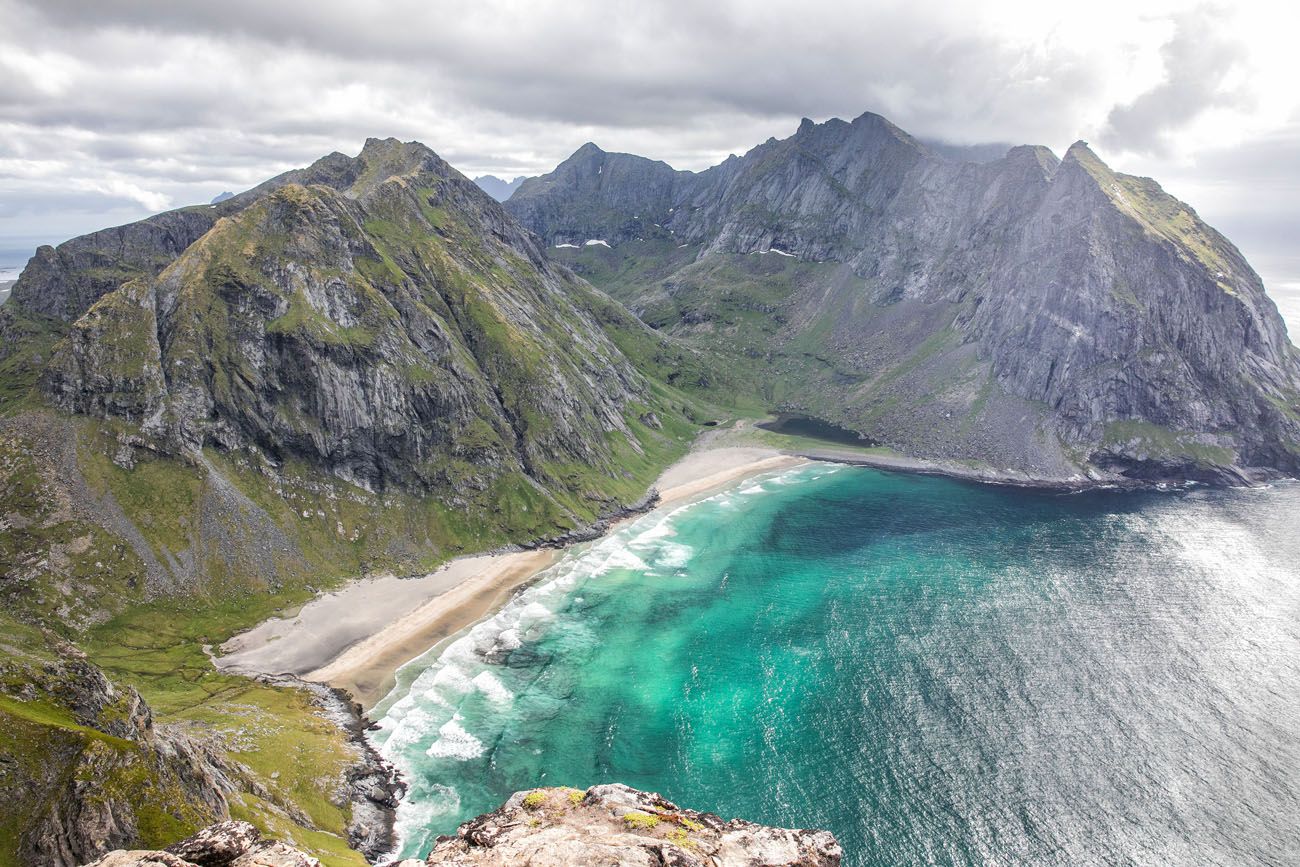
Ryten
Frequently Asked Questions
When is the best time to visit the Lofoten Islands?
The best time to visit the Lofoten Islands is spring, summer, and fall. It’s best to avoid winter, since it is dark for most of the day (the Lofoten Islands are located in the Arctic Circle).
Summer has the warmest weather and longer days. Midsummer you can see the midnight sun. In the spring and fall, even though the temperatures are cooler, you have the advantage of seeing the northern lights.
How long does it take to drive through the Lofoten Islands?
Without stops, it takes about 4 hours to drive through the Lofoten Islands, from north to south. However, this drive is one of the most beautiful in Norway, with stunning landscapes, rugged mountain peaks, white sandy beaches, and picturesque towns to visit along the way. For this drive, it’s best to give yourself one full day or break it up into multiple days, staying at the northern and southern areas of the Lofoten Islands.
How many days do you need in the Lofoten Islands?
Plan on spending four or more days in the Lofoten Islands. This gives you enough time to drive the full length of the Lofoten Islands, visit a few towns, and hike a few trails. If you like hiking or if you want to fully immerse yourself here, one week would be perfect.
Are the Lofoten Islands worth it?
Absolutely. The Lofoten Islands are one of the most beautiful places to visit in Europe. With rugged coastlines, small harbors filled with red fishing cabins, winding roads through the mountains, thrilling hiking trails, and beaches that look like they belong in the Caribbean, the Lofoten Islands are a delight to explore.
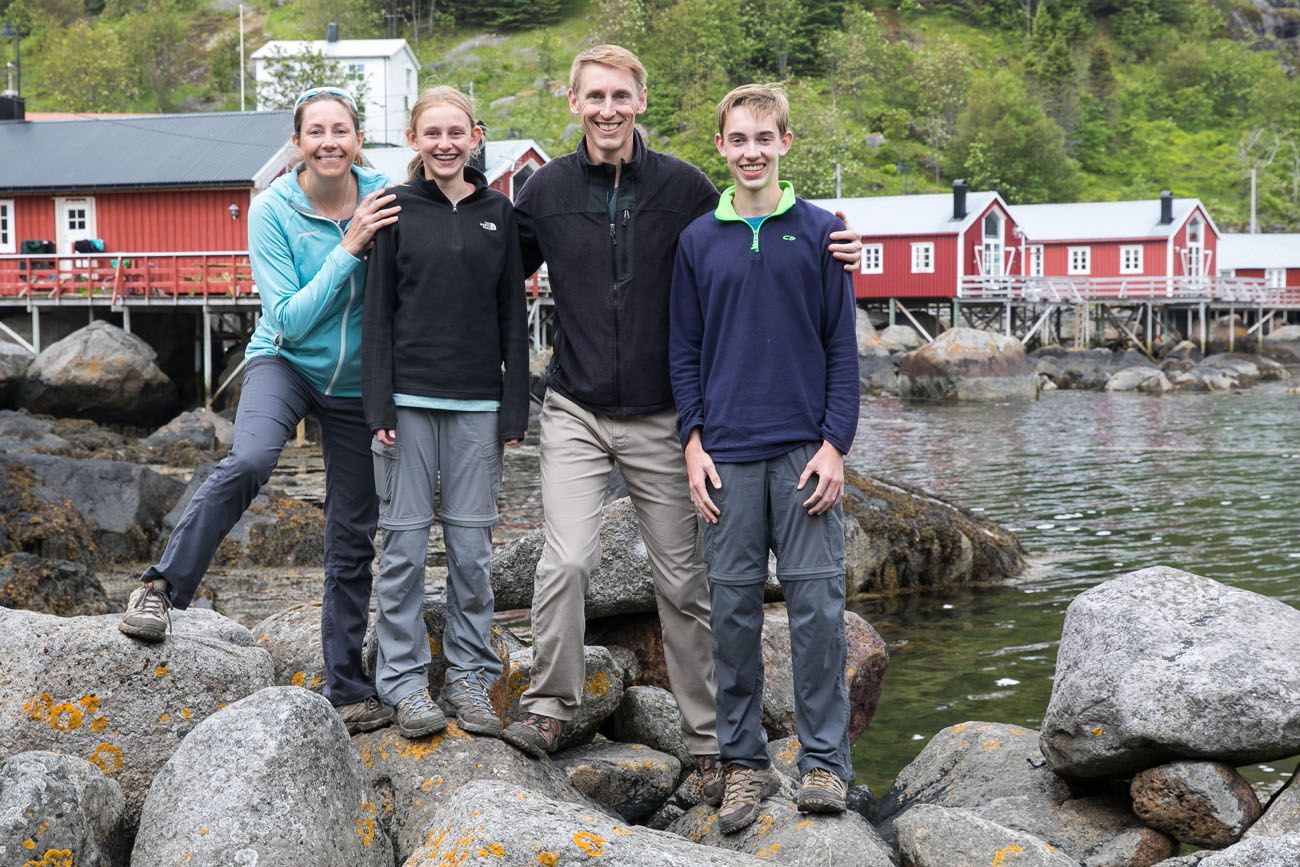
If you have any questions about how to plan your Lofoten Islands itinerary, let us know in the comment section below. We look forward to hearing from you!
More Information to Help You Plan Your Trip
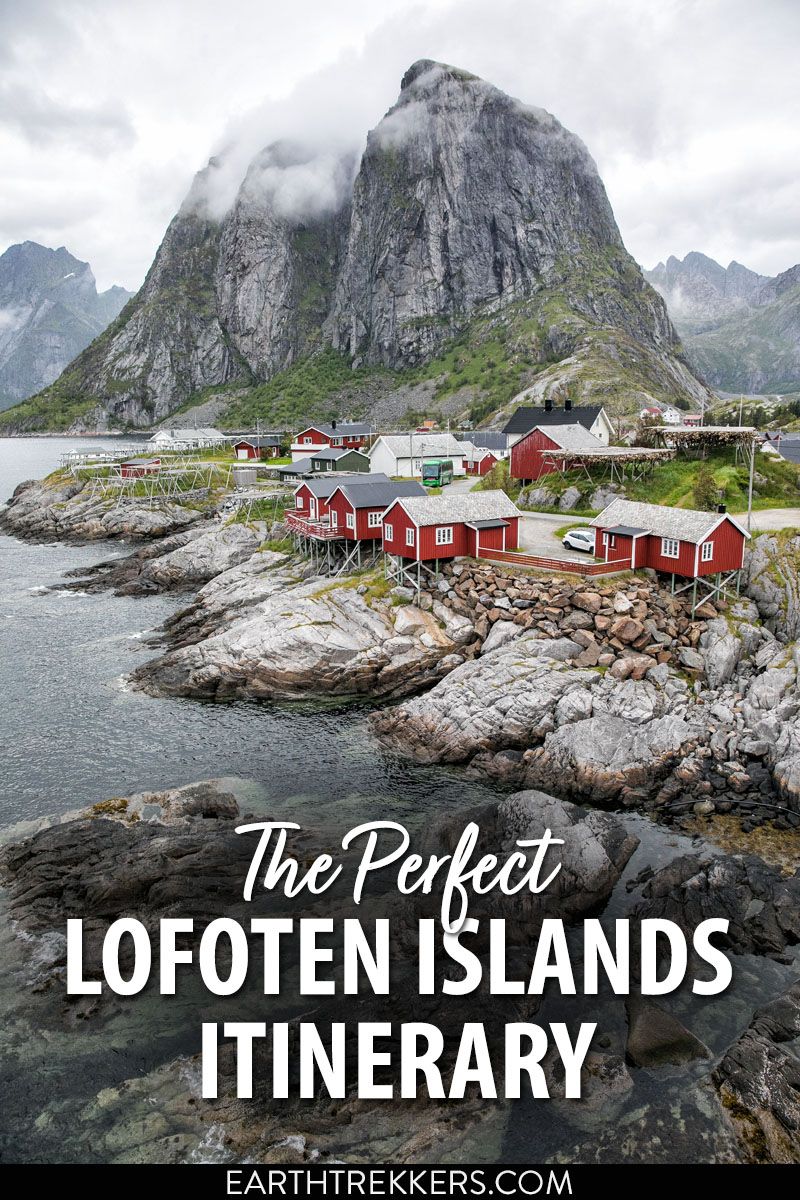
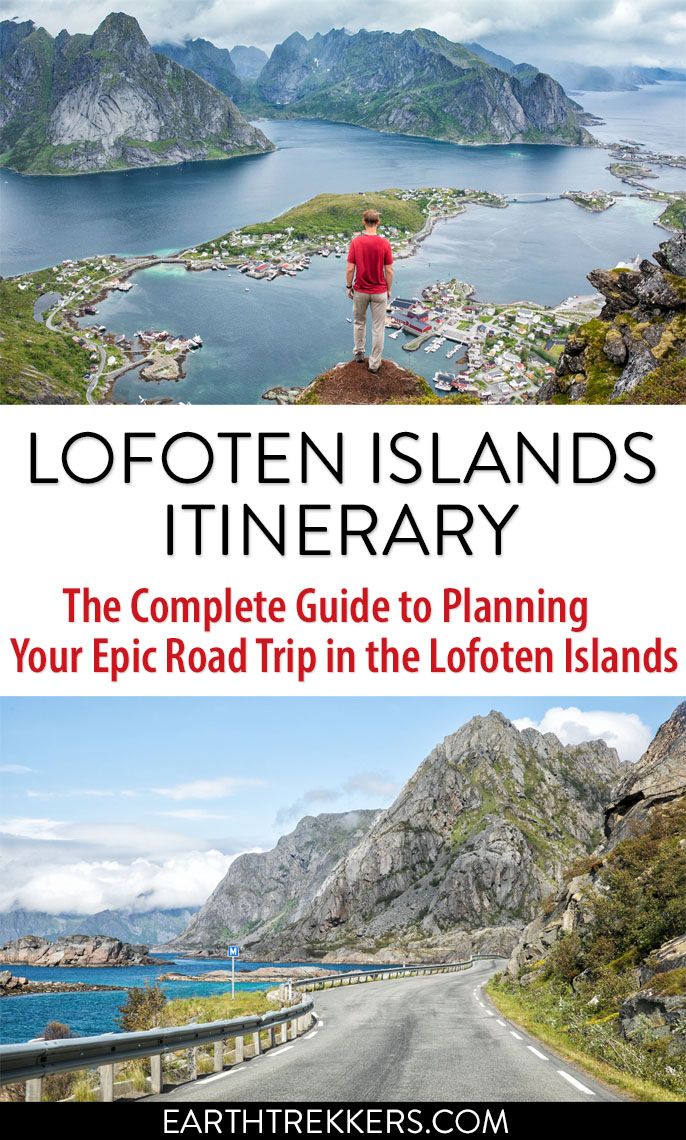
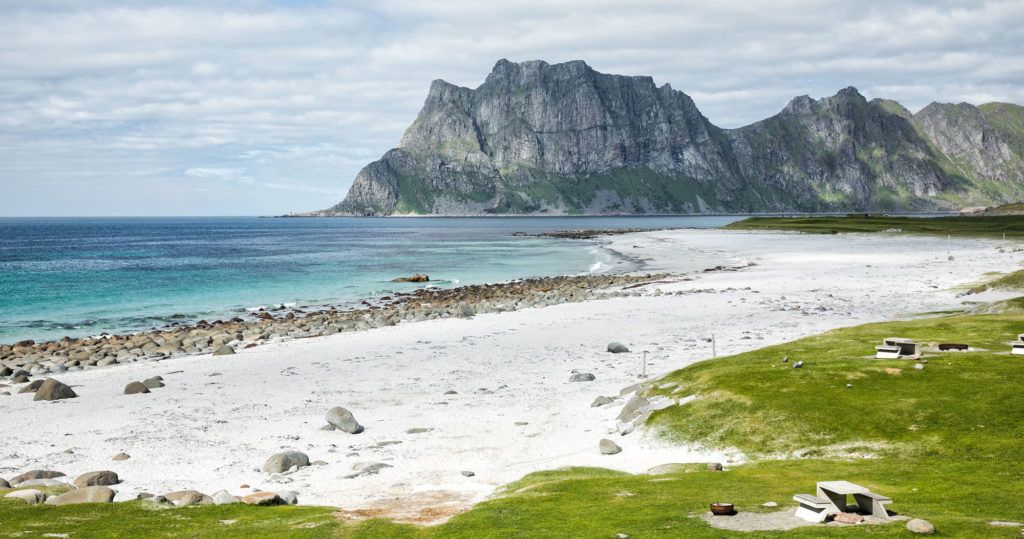

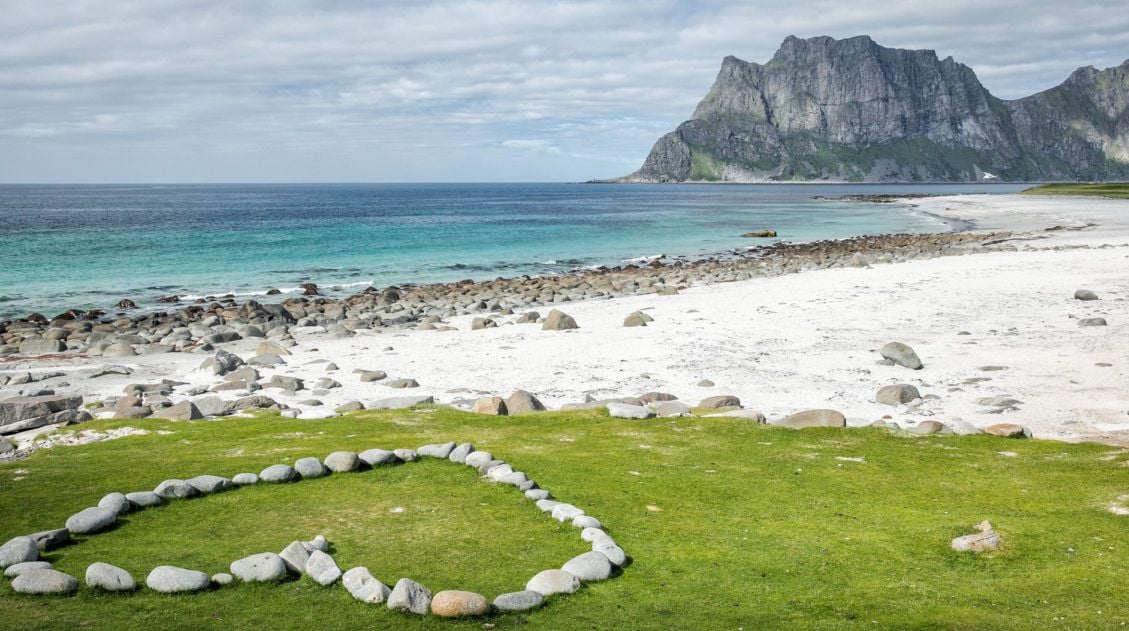
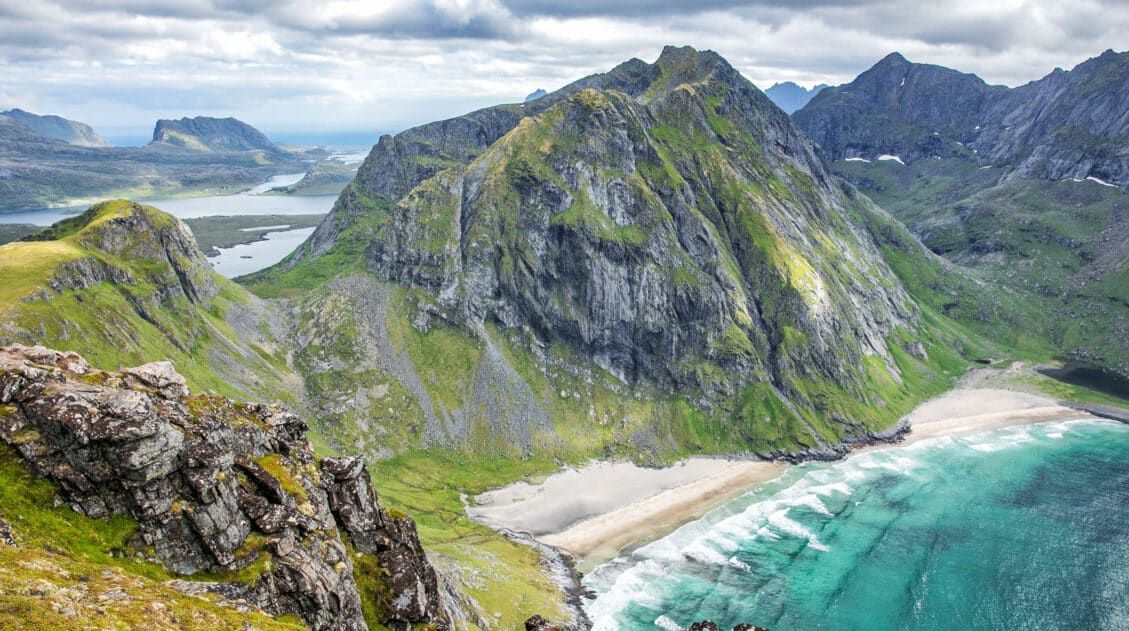
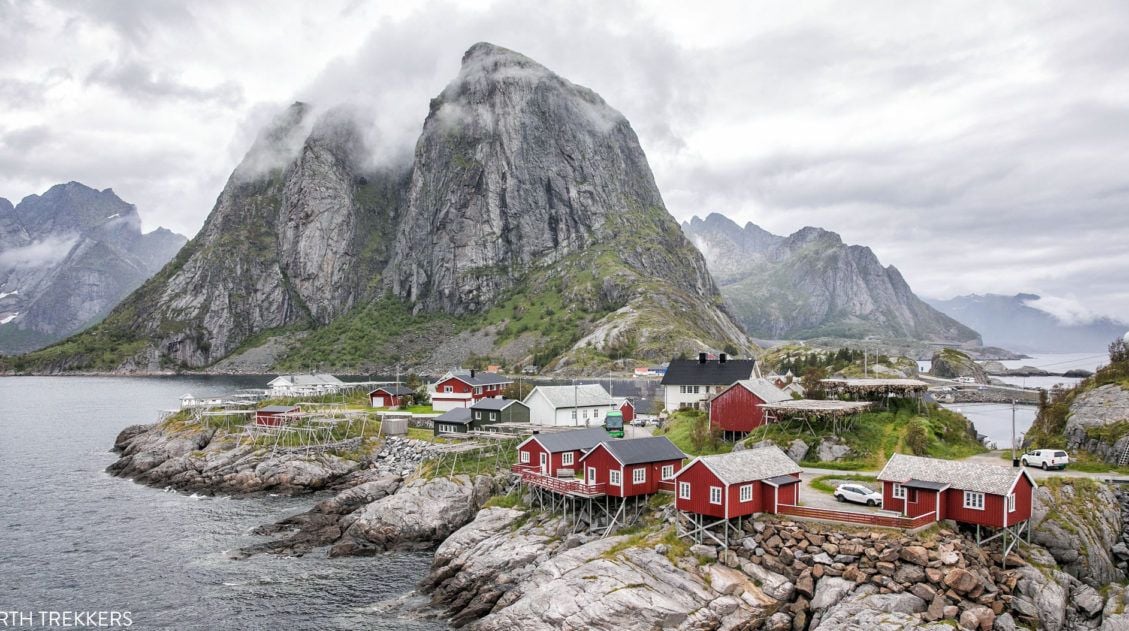
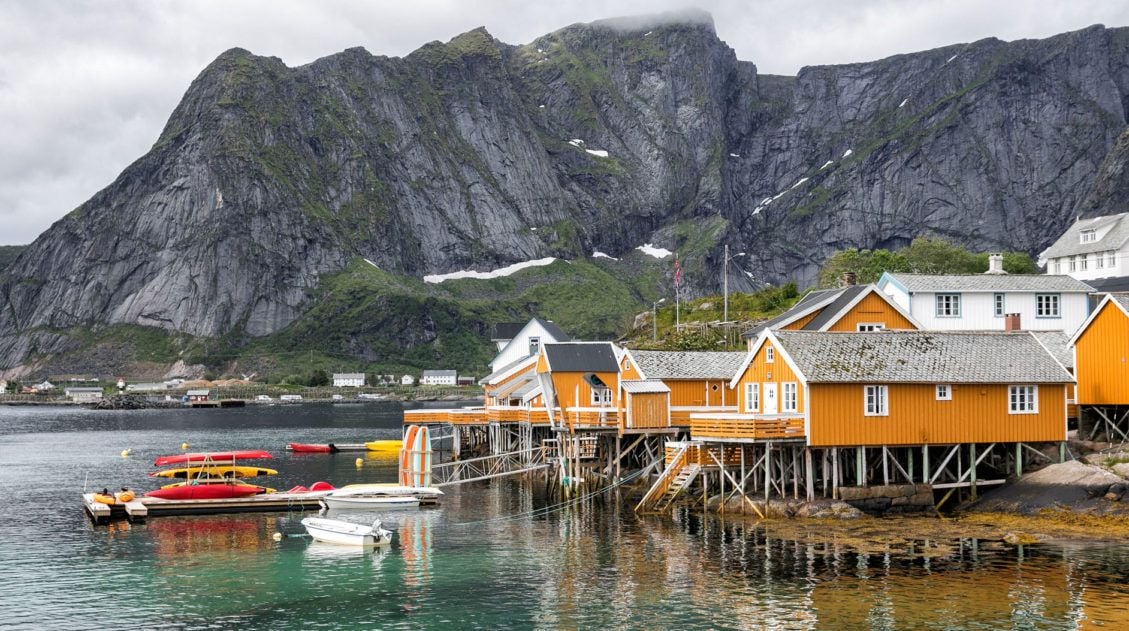
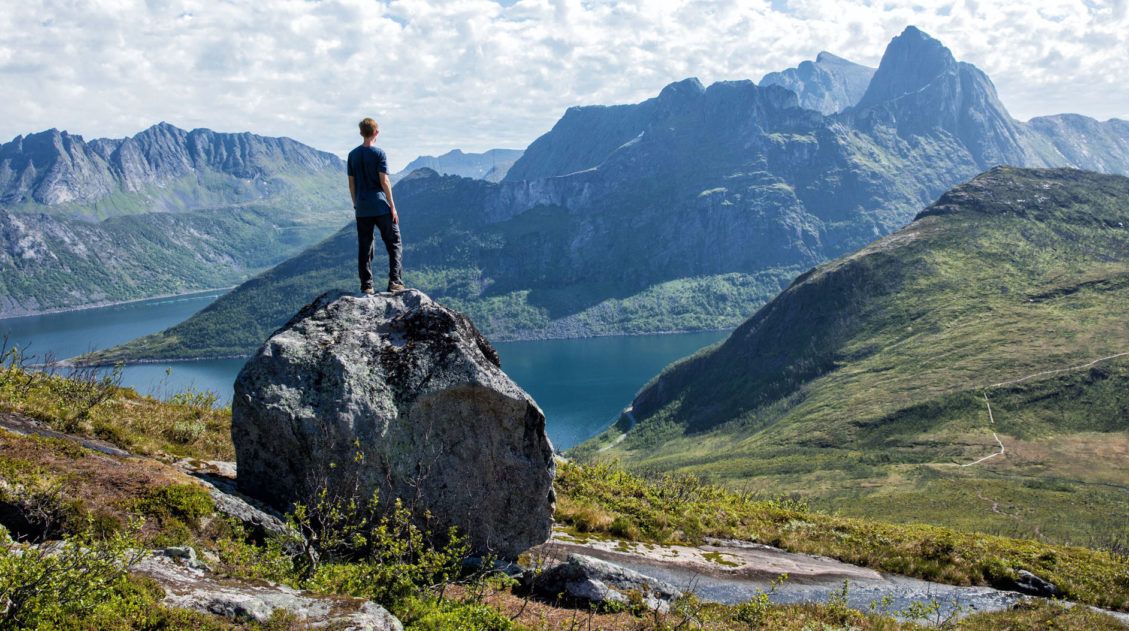

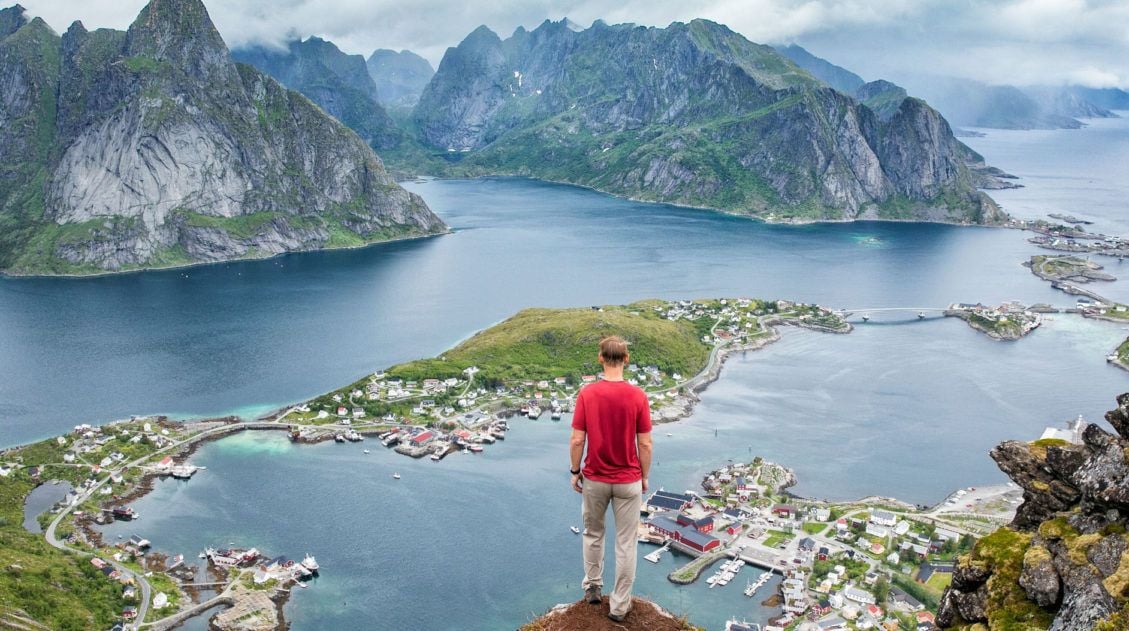
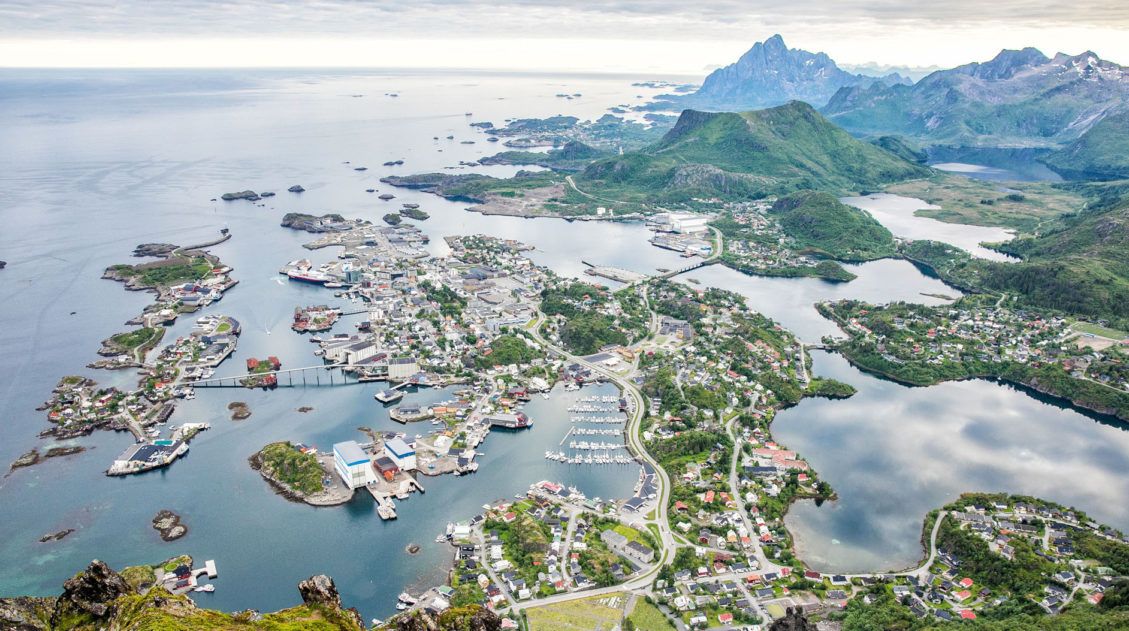
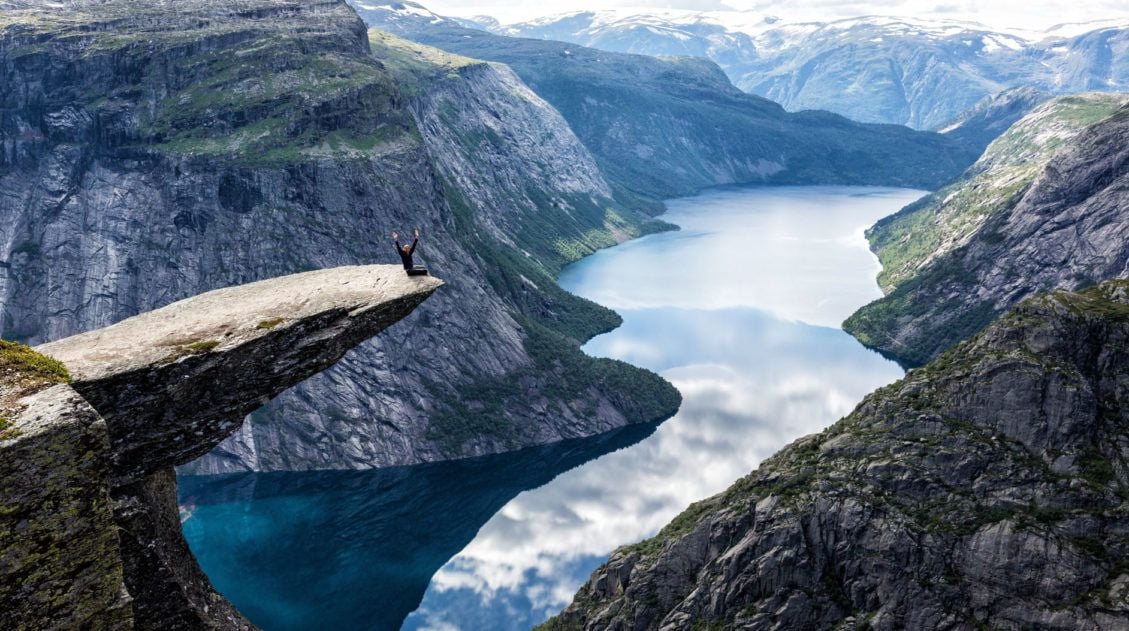
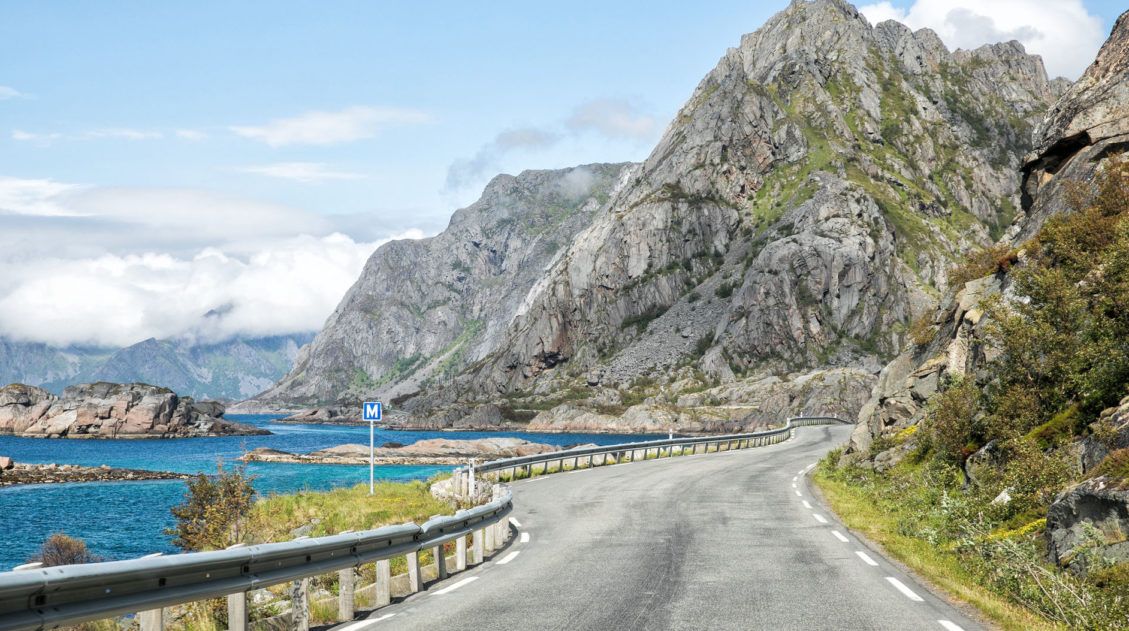
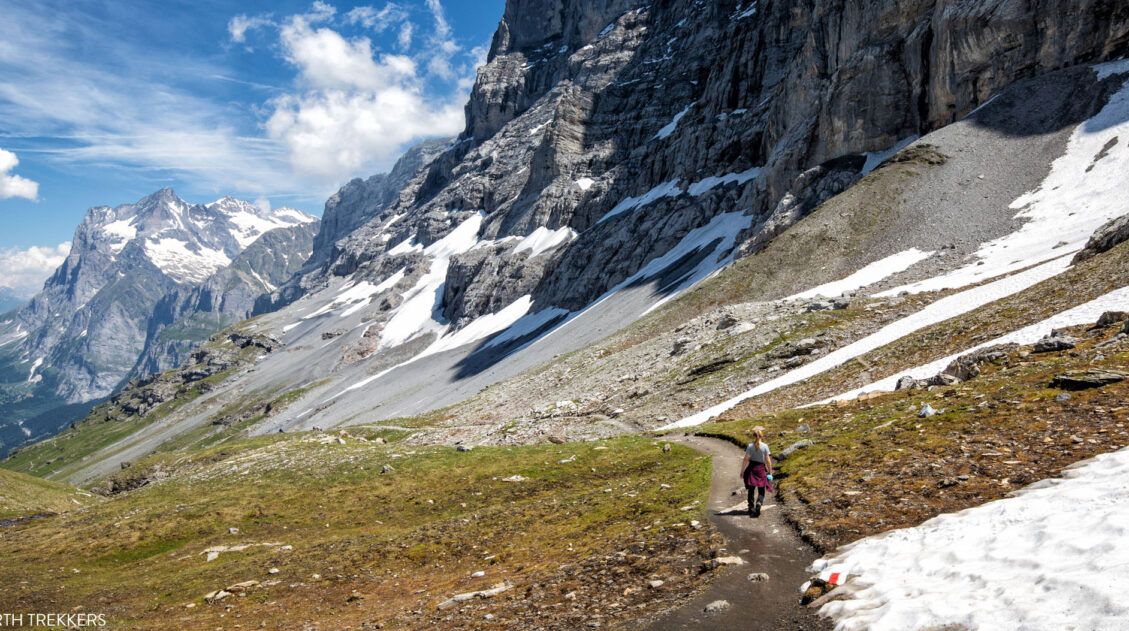
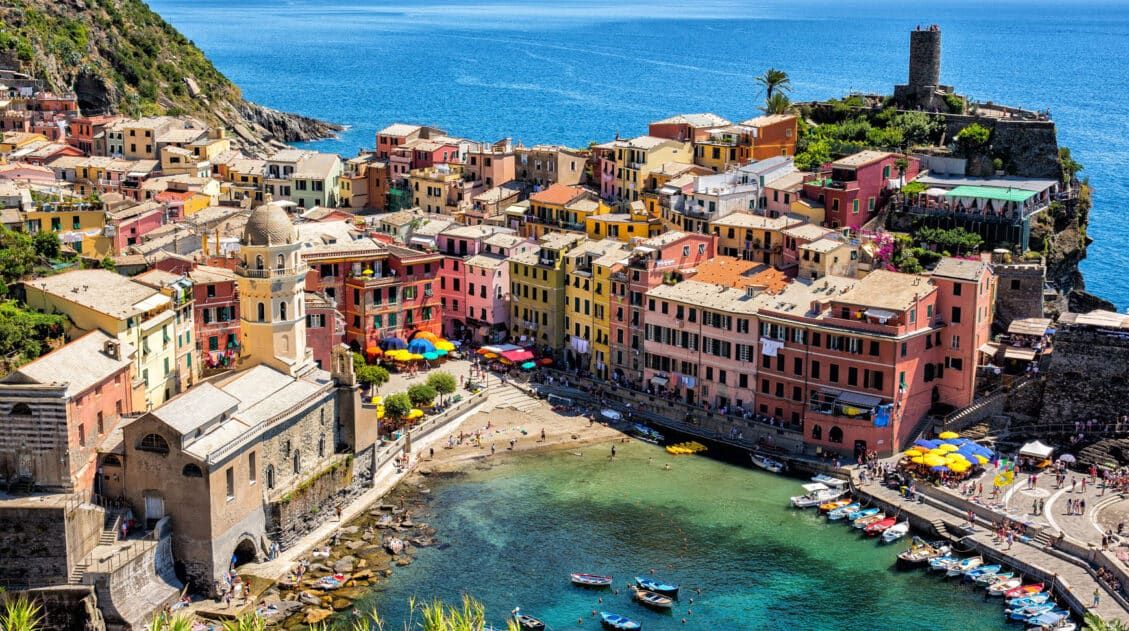
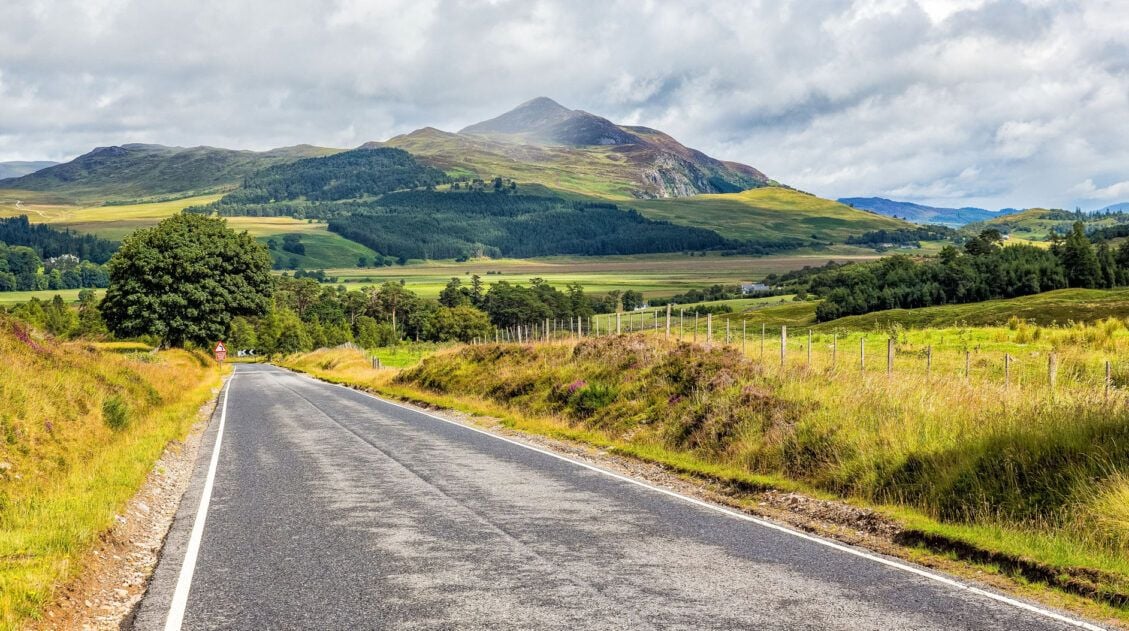
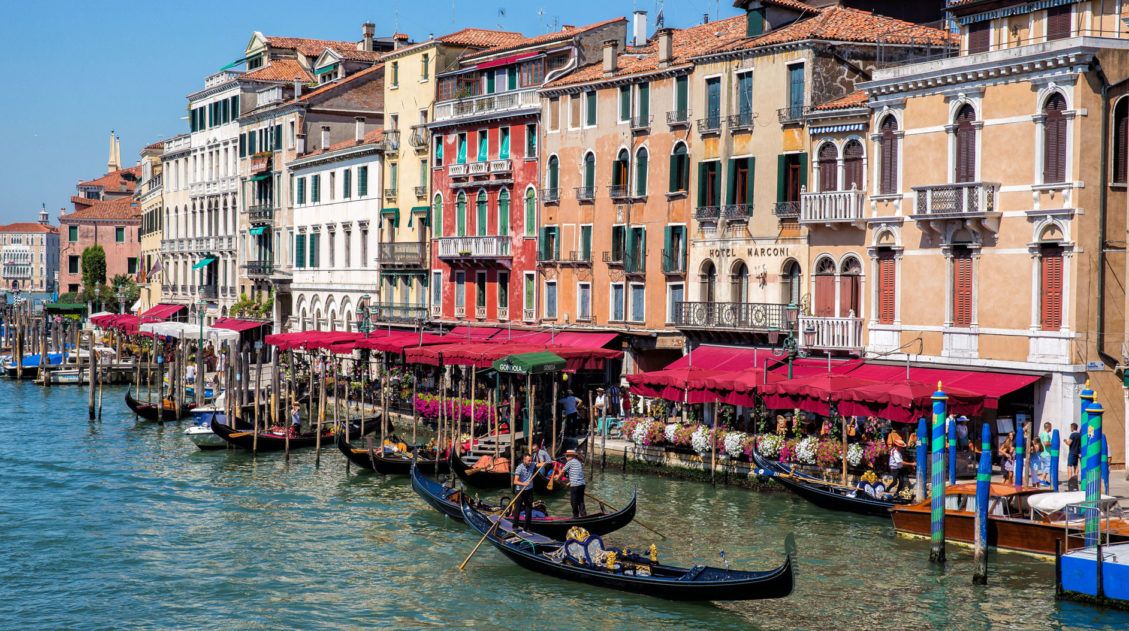
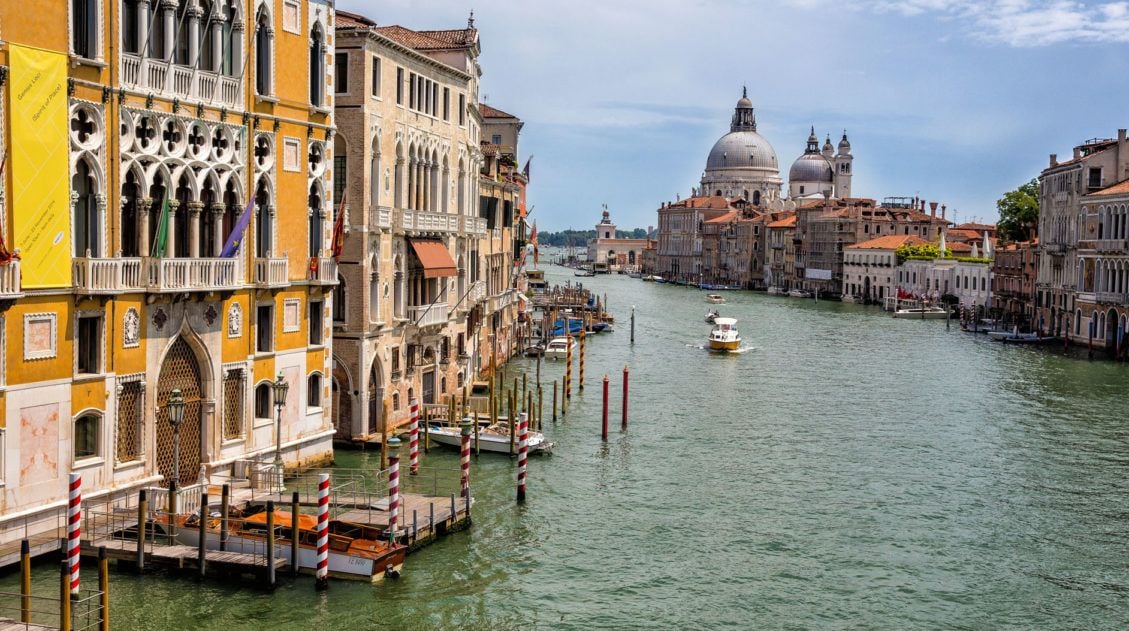
Comments 45